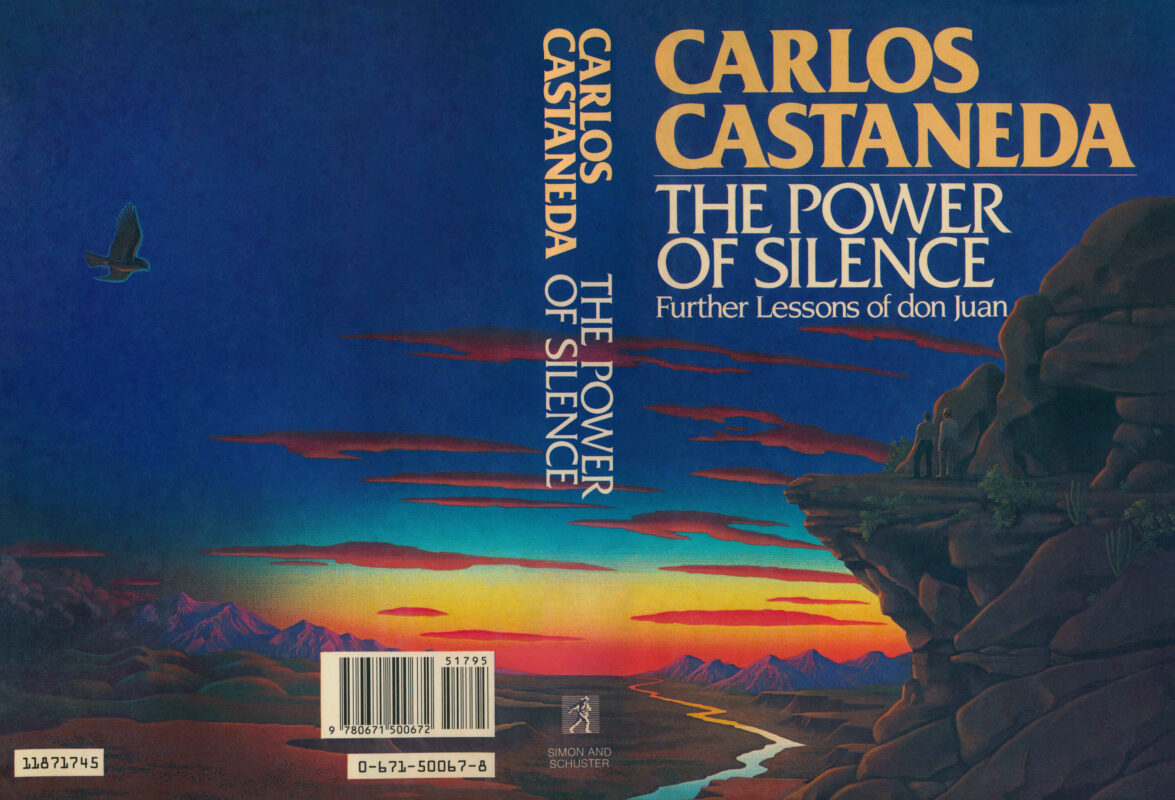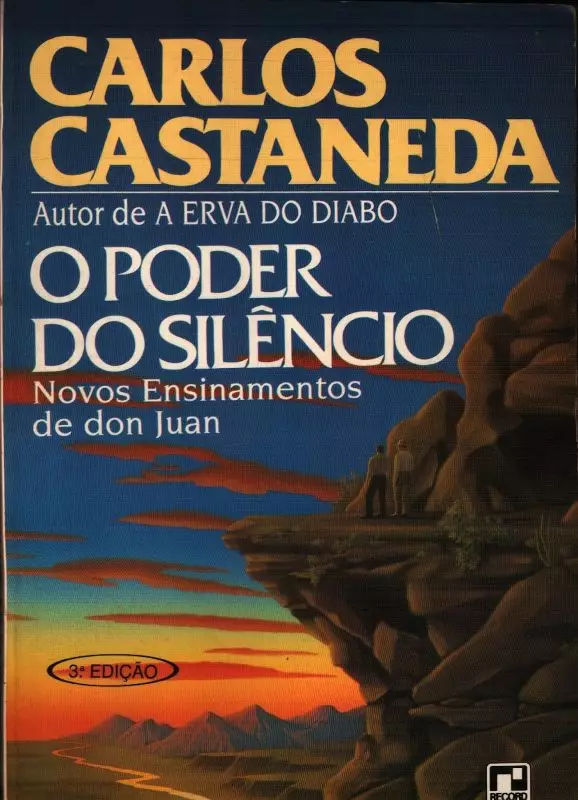The Trickery of the Spirit – Dusting the Link with the Spirit
This chapter introduces the “third abstract core” of sorcery, known as the trickery of the spirit, which involves “stalking oneself” or “dusting the link” to the spirit through artifice and subterfuge. Don Juan illustrates this through the story of his own apprenticeship under the nagual Julian, who used jarring experiences—like presenting an “inorganic being” and transforming his physical form by shifting his assemblage point—to jolt don Juan’s awareness and teach him the art of stalking. This art, characterized by ruthlessness, cunning, patience, and sweetness, aims to bring the apprentice into heightened awareness and is exemplified by don Juan being forced into disguise, even in women’s clothes, as a means to achieve this profound shift in perception and self.
The Trickery of the Spirit – Dusting the Link with the Spirit Read More »

